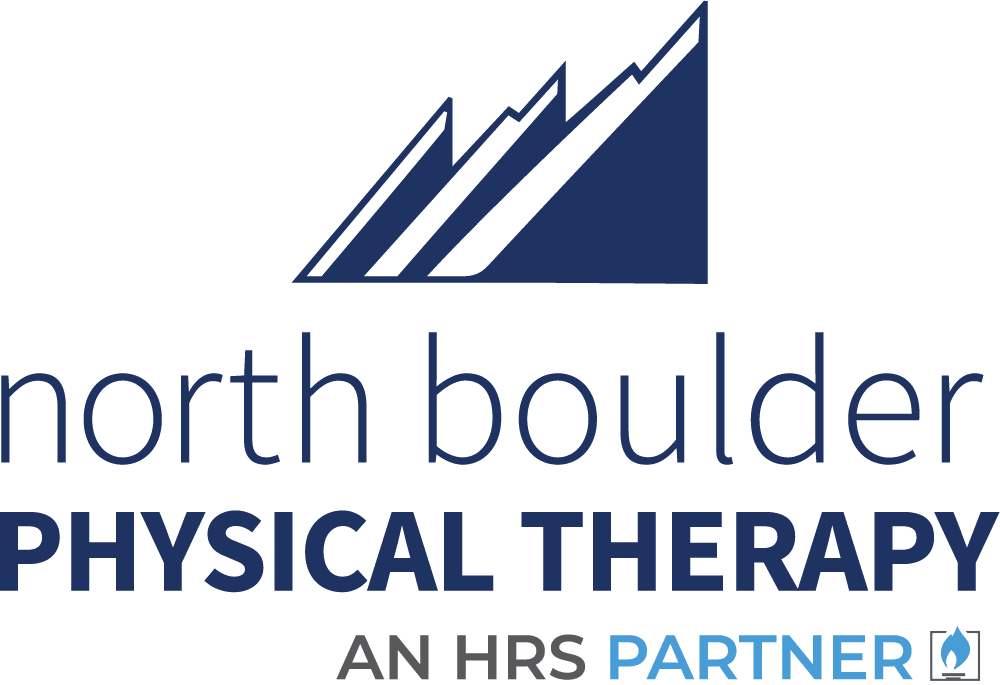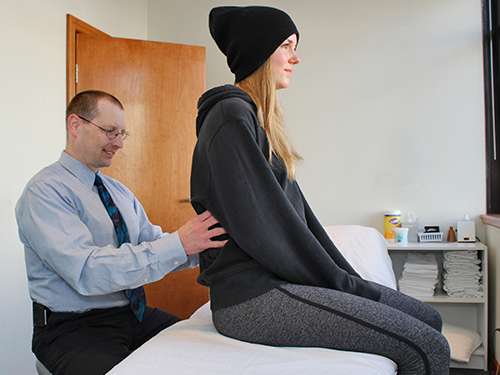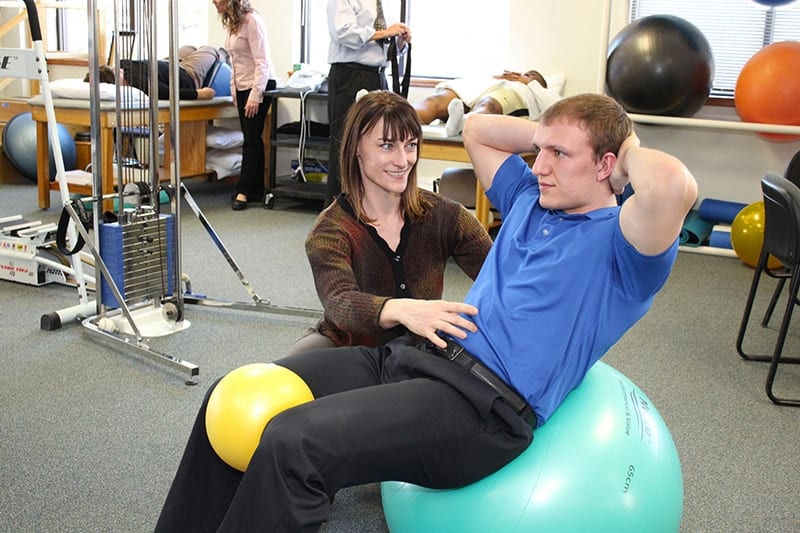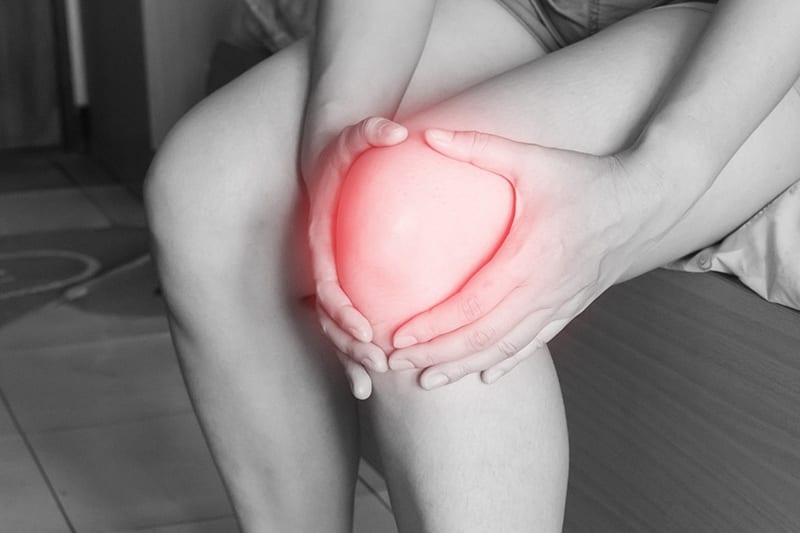Got back pain? You’re not alone. Eighty percent of Americans suffer from low back and neck pain at some point in their lives. Management often includes the overuse of treatments like surgeries, MRI, x-rays and medications.
And it’s an expensive prospect: The annual tally on low back and neck pain treatment in the U.S. is at least $87 billion, according to a study in the Journal of American Medical Association. Fortunately, experts are testing less expensive solutions that aim to prevent occurrences of back pain in the first place, and the results are encouraging.
A study called Prevention of Low Back Pain investigated the effectiveness of interventions like education and exercise in preventing low back pain. The key, according to the study, is the combination of exercise and education. While exercise alone is thought to make a difference, adding in exercise packs the most powerful punch.
So, with such great odds that you—or someone close to you—will one day become a statistic, wouldn’t it make sense to explore this type of intervention rather than surgery or medicating?
Well, physical therapy is a good place to start.
By performing a thorough evaluation, a physical therapist can identify the muscular, postural and skeletal limitations that could one day lead to an episode of back pain. As part of the assessment, she will observe as you perform a series of exercises and then gather an account of your daily activity level and environmental factors like operating machinery or working at a desk 40 hours a week.
The PT will then use all of this knowledge to design a personalized exercise program and teach you a few APTA-approved strategies to prevent back pain:
- Use good body positioning at work, home and during recreational activities.
- Keep the load close to your body during lifting.
- Ask for help before lifting heavy objects.
- Maintain a regular physical fitness regimen—staying active can help to prevent injuries.
Lifestyle can play a big role in back pain. In fact, inactivity and incorrect body mechanics while participating in certain activities are two of the biggest contributors to back pain. In addition to the strategies listed above, it’s also helpful to pay attention to little things throughout your day that could add up to bigger problems down the line.
Let’s go back to that desk job for a minute: How often do you get up to walk, stretch and move throughout the day? A good rule of thumb is to stand up or move every 30 minutes. You may get bonus points with your boss, too, as your productivity soars due to the increased activity.
While low back pain rarely becomes serious or life-threatening, it can be quite painful and interfere with our daily lives. Working with a physical therapist can help patients identify the factors that might contribute to back pain and help to develop a prevention plan. But the healthcare professionals are also a great place to turn when you’re seeking treatment for back pain or hoping to prevent a recurrence.
With such good odds that you could one day become a low back pain statistic, why not do everything in your power today to change your trajectory? Seems like another good reason to find an activity (or better yet, two or three activities) that you enjoy, make it a regular part of your day and stick to it!
For help with lower back pain (and much more) from North Boulder Physical Therapy, contact our location closest to you, including our newest office in Louisville at the Avista Plaza 2 Medical Building.



